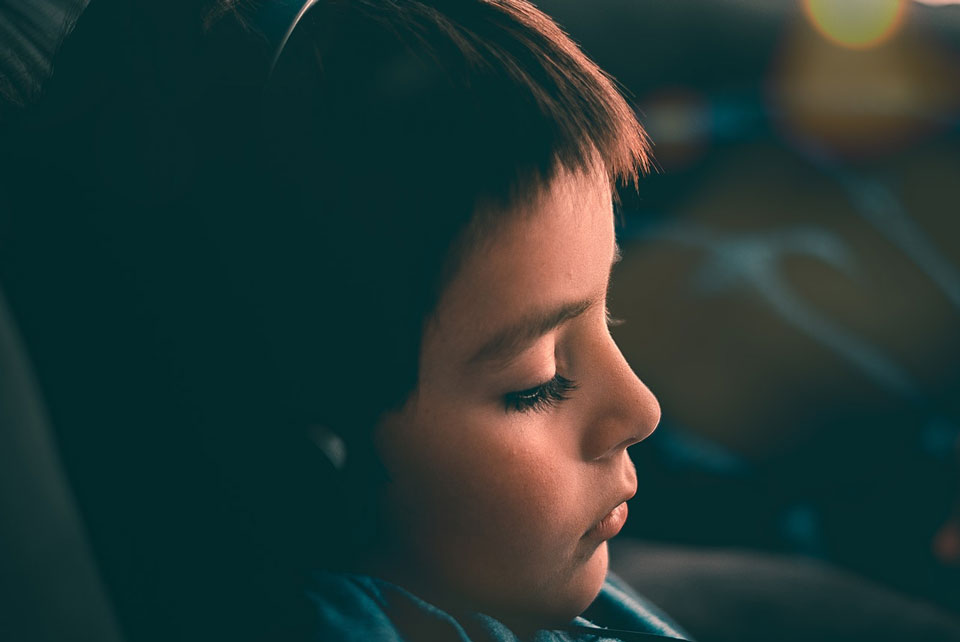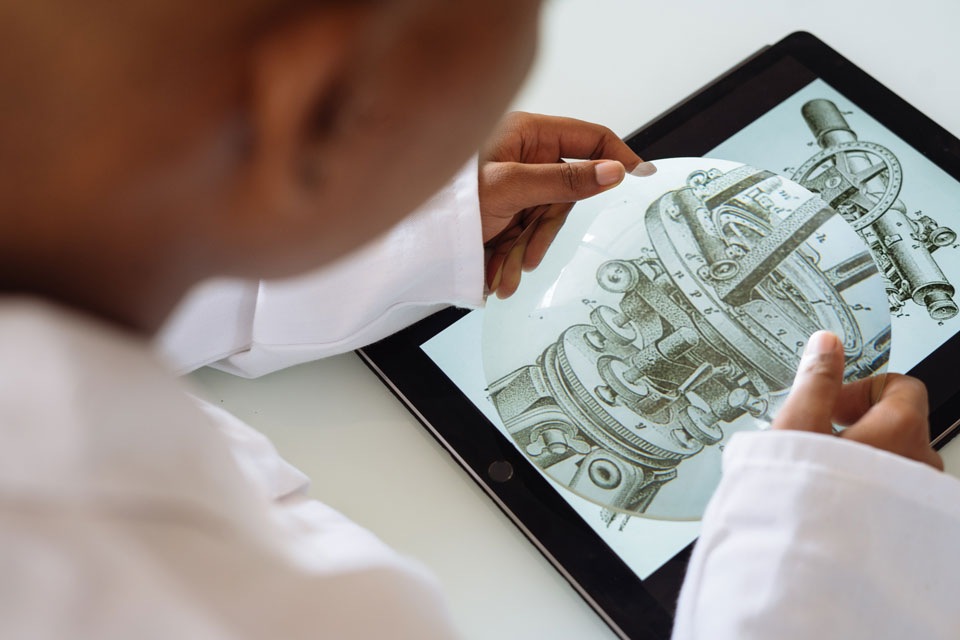Characteristics of Children with High Learning Potential

Do you have a child who is intense, curious, learns rapidly, has a vivid imagination, reasons well, shows great compassion and concern for others? These are some of the potential characteristics shown by children with high learning potential.
There are many different definitions of high learning potential and giftedness, most of which are based on cognitive ability. These definitions often ignore other, common characteristics of children with high ability, such as intensity, sensitivity, perfectionism, curiosity and quirkiness, that may indicate that they need specialist support.
On this page we look at some of the other characteristics of high learning potential.
Characteristics Common to Children with High Learning Potential
There are many definitions of high learning potential and giftedness, many of them refer to the cognitive ability that the population is defined by and very few of them refer to the common characteristics of individuals with high cognitive ability that mean they need specialist support.
A group of dedicated advocates who worked closely with and had a detailed understanding of individuals with high learning potential provided this definition:
“Giftedness is asynchronous development in which advanced cognitive abilities and heightened intensity combine to create inner experiences and awareness that are qualitatively different from the norm. This asynchrony increases with higher intellectual capacity. The uniqueness of the gifted renders them particularly vulnerable and requires modifications in parenting, teaching and counselling in order for them to develop optimally.”
The Work of Dr Linda Silverman of the Gifted Development Center in the USA resulted in there being an identified set of characteristics of children with high learning potential. Different children with high learning potential will have a different mixture of the characteristics but each should display a majority of them.
25 descriptors were selected as representative of the majority of children tested as having high learning potential, applicable to a wide age range, applicable to children of different socioeconomic backgrounds, gender fair, easily observable in the home environment and brief and clearly worded.
- Learns rapidly
- Extensive vocabulary
- Excellent memory
- Reasons well
- Strong curiosity
- Compassion for others
- Vivid imagination
- Long attention span
- Concern with justice and fairness
- Emotionally sensitive
- High energy level
- Perfectionist
- Questions authority
- Perseverant in interests
- Wide range of interests
- Good at puzzles
- Ability with numbers
- Judgement mature at times
- Quirky or grown-up sense of humour
- Intense
- Morally sensitive
- Prefer older companions and/or adults
- Keen observer
- Early or avid reader
- Highly creative
Many parents start their journey of high learning potential with their child through this set of characteristics.
More information is available in the advice sheets PA102 Characteristics of Children with High Learning Potential and PA104 Early Years and High Learning Potential.

Asynchronous Development
Children with asychronous development often struggle with intellectual development which is out of sync with social, emotional and/or physical development. Understanding these differences and the effects that they can have on the development of children with high learning potential is key to supporting them.

Dual or Multiple Exceptionality
Dual or multiple exceptionality (DME) is the term used in the UK to describe children who have both high learning potential and a special educational need because of a learning difficulty or a disability. These could be neurological disabilities such as autism spectrum disorders, ADHD or dyspraxia; learning difficulties such as dyslexia, dysgraphia and dyscalculia; sensory and speech impairments; or physical disabilities.

Exceptionally and Profoundly Gifted Children
Exceptionally gifted children have cognitive abilities in the top 0.1% of the population, while profoundly gifted children have cognitive abilities in the top 0.03% of the population. Their characteristics and difficulties may set them apart from other children their age.
Learn more about Exceptionally and Profoundly Gifted Children »

Profiles of Children with High Learning Potential
The profiles of children with high learning potential were developed by Maureen Neihart and George Betts based on their research and experience with gifted children. They provide a framework for considering how the characteristics of high learning potential interact and present in different children.
Learn more about Profiles of Children with High Learning Potential »
